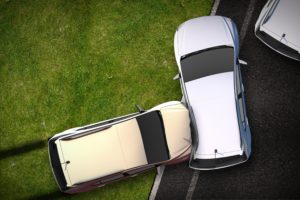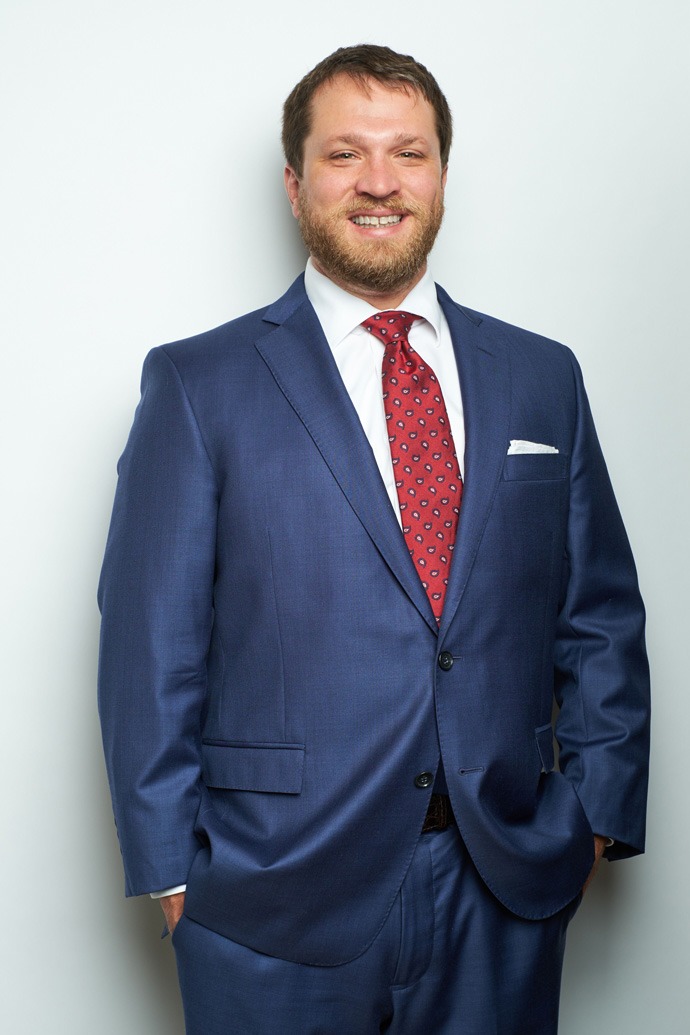
Common causes of broadside collisions include:
- One driver fails to stop at a stop sign at the intersection;
- One driver attempts to enter or cross a highway when it is unsafe to do so;
- One driver turns left in front of another driver that has the right-of-way;
- One driver fails to see or fails to obey a traffic light; or
- If the intersection is not controlled by a sign or light, one driver fails to yield the right-of-way to another vehicle.
In other words, T-bone collisions are most often the result of at least one driver’s negligence or carelessness. Where another driver causes a broadside collision with your vehicle and you are injured as a result, you may be entitled to compensation for your injuries.
Why are Broadside Collisions More Severe than Others?
Cars are typically constructed with “crumple zones” in the front portion of the vehicle. The purpose of a “crumple zone” is to absorb some of the energy of a crash, thus lessening the risk of injury to the drivers. While one car’s crumple zone is involved in a broadside collision, the other car is struck on its side, where there is typically less protection. This involves a greater transfer of energy to the broadsided car and, therefore, a greater risk of severe injuries. Occupants of the broadsided vehicle who are closest to the point of impact face the greatest risk of serious injury or death.
In addition, broadside collisions can cause the broadsided car to flip or roll, further placing the occupants at risk of severe injury.
What Should I Do After a Broadside Collision?
After you have been involved in a broadside collision, you should seek immediate medical treatment. Because of the risk of severe injuries, you will want a medical professional to assess you for external injuries as well as signs of internal injuries and treat you accordingly.
If you are injured in a broadside collision and you believe the other driver is at fault, expect that the other driver will claim you are at fault instead. The chances of succeeding in a lawsuit for compensation for your broadside collision injuries and losses will depend on your ability to prove your case with evidence and witness testimony. Therefore, you should:
- Collect the names and contact information of any witnesses who may have seen the accident;
- Take photographs of the accident scene, if possible. Expert witnesses and crash analysts may be able to testify as to how a crash occurred if they are provided with photographs of the scene, including where the vehicles ended up, skid marks on the pavement, what traffic control signs or devices were present (stop signs, traffic lights, etc.). You may also wish to take photographs of your injuries.
- Hire an attorney as soon as possible. Your attorney will be able to help you locate important witnesses and evidence.
South Carolina car accident attorney David R. Price, Jr. has helped numerous car accident victims – including those injured in broadside collisions – recover compensation for their injuries. Contact him to schedule a free consultation by calling (864) 271-2636 or by contacting him online.

David Price is a Personal Injury, Civil Litigation, Collections, and Criminal Defense Attorney who practices in Greenville, SC. He graduated from the University of Georgia School of Law, and has been practicing law for 12 years. David Price believes in helping those who have been injured. Learn more about his experience by clicking here.
